About Us...
The Frill Free Team
We've been called the Masters of Disaster, and it's not why you think. We master the disaster and chaos, bringing order to the mess.
Mike Paisley has been 'making honey out of dog doo' for many years now, using salvaged, scrounged and discarded wood, metal and other architectural detritus to make functional repairs.
Jacki Cammidge (that's me) is webmaster of this site, and four others, mainly on gardening and related topics.
Now it's time to move to a higher plane, and this is the year. Building our own little cottage in the woods (25 acres of sheer rock bluffs, facing south, sharing it with many birds and wildlife) has been our dream for over a decade.
We've bitten the bullet, and now we're going to build our very own passive solar dwelling, set into the hillside.
Our piles of carefully salvaged lumber, metal roofing and many other building materials, have been waiting this time for ages; they are treasures to be used, not stored, so now after building many smaller sheds, root cellars, chicken houses and storage sheds, it's our turn.
Stay tuned as we begin this orchestrated dance of earth moving, form building and the making of doors and windows out of scrap.
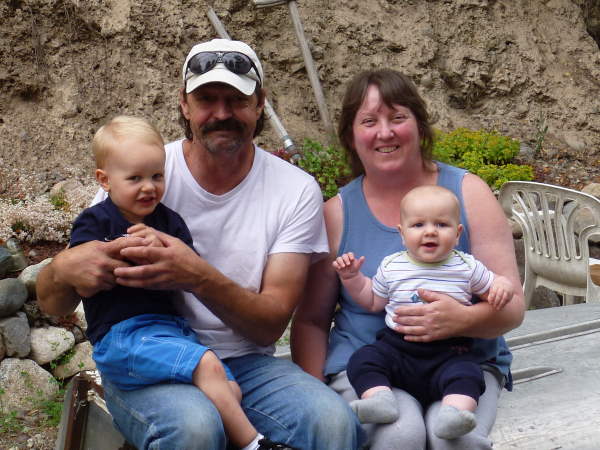 About us - with two grandbabies
About us - with two grandbabiesBut Wait! Time to pivot and change horses in midstream - our specialty;
Update, late summer 2013; due to the small slush fund from the sale of my online plant business, we decided that there wasn't enough to build our dream home in the hillside, so the plans have changed slightly; instead, a small 500 square foot cottage will be built at the foot of the mountain.
What's the hold up? The soul sucking mobile home is right in the only place available to build. More to follow...
Update Spring 2019:
We've really done it now - this is no longer working for us, as we age and are less mobile than in previous years.
My disability (MS) means that I've become a liability here in the bush (think potholes, tripping hazards and worse - wild animals just waiting for a mis-step) so a move is upcoming.
Don't worry! I'll keep you posted with more of the adventure as it unfolds but wherever we end up, we'll be using our homesteading and building skills to make another simple life.
A Note About the Content on FrillFree.com
All the articles on FrillFree (TM) are written by Jacki, even though some of them may have appeared on other sites since closed down. The organic gardening and chicken raising articles were published on o-garden.ca.
All the articles are copyright Jacki Cammidge, all rights reserved.
Other Notes About This Website
Although we live in Canada and are very patriotic, we use many spellings that originate in the USA, simply because the vast majority of our visitors are from America. This is not meant as a slur to our heritage.
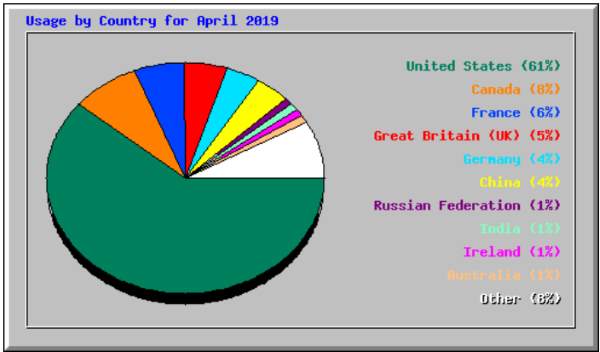 Pie Chart showing where our traffic comes from
Pie Chart showing where our traffic comes fromAlso, you may notice advertising appearing on this website. The revenue from ads is what enables us to continue to provide all the great free content you'll find here.
I know you appreciate the fact that small family online businesses are at risk from large corporations and faceless entities. Thank you for your support.
About Jacki
Who is she?
And why is she so interested in Organic Gardening?
Starting in the early to mid 1980’s, growing some children was the top priority in my life.
Moving to acreage in Bradner (Zone 7a on the Canadian Plant Hardiness Map), near Aldergrove British Columbia from an apartment in Coquitlam in 1986 felt like coming home.
Raising kids in a healthy environment, with the fresh vegetables and fruit of the Fraser Valley, I was exposed to my first knowledge of growing organic vegetables.
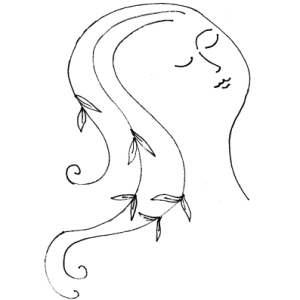
I stumbled over Rodales Organic Gardening magazine, back when it was in a different format than today, and I was a convert.
The mystical and almost reverent articles about composting, raised beds, cover crops and natural pest control had me hooked.
In my first organic garden endeavor, it became clear that I was seriously over ambitious.
My garden was a huge area with a fifty foot row of established raspberries along the east side of it.
I made raised beds out of whatever lumber I could scrounge, and bought a huge truck load of local mushroom manure.
I was set. Unfortunately, after the first year, the weeds took over, and I had a great crop of dill, and not much else, and big black slugs.I ended up working in an industry that at that time didn’t really appreciate organic farming methods.
The owners of wholesale nurseries like to produce the biggest and best crops of plants as quickly as possible, which means chemical fertilizers and pesticides – and hang the future!
To their way of thinking, the contamination of the environment isn’t an issue, and water over use is not their problem.
I couldn’t in all conscience follow that philosophy, so in 1992, I moved to the Chilcotin (Zone 2a on the Canadian Plant Hardiness Map), where I had a greenhouse and small nursery to supply locals with a few bedding plants, grown in a season that may be lucky enough to get 30 days in a row without frost.
Tender annual bedding plants could be brought in from other
areas, but in most cases were not adapted to the harsh unforgiving climate,
strong westerly winds, dry high desert air, and the potential for frost any day
of the year.
I developed methods of raising hardy little seedlings using seeds specifically geared towards growing into vegetables that would fruit in a short window of time, and produced later in the season so as to be ready when the short season of frost free days arrived.
Then in 1997 I moved to Dawson Creek (Zone 3 on the Canadian Plant Hardiness Map), much further north.
Oddly, it has a few advantages, even over warmer more southerly climates.
Although the winters are harsh and snowy, with long nights, and very cold temperatures, the summers make up for it.
Although the warmer months are short, the length of daylight is longer than further south.
This phenomenon makes it possible to grow many plants very quickly.
Potatoes and cole crops (cabbage, broccoli, and other Brassicas) love these long days.
Protected from hungry deer and frost, they produce like nowhere else I have ever gardened.
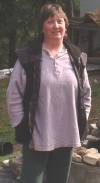
The soil in the Peace Country is a thick layer of clay, the remains of a shallow sea that covered the whole central part of the continent eons ago.
You can’t garden directly in this sticky, heavy, cold soil, so I built raised beds out of salvaged lumber (free), which were lined with lumber wrap (free) and filled with leaves (free), horse manure (free) and well aged sawdust (free), and grew the absolute best peas, broccoli, potatoes and greens ever.
I learned the value of a hot compost pile, building wire bins lined with (you guessed it, lumber wrap!) and filled with wet leaves raked from under the huge old Populus tremuloides, or Trembling Aspens that are endemic to the area, horse manure from my Arab fillies, old sawdust from an now defunct sawmill, and a surprise addition of some moldy chicken feed swept from a feed store, and some rancid flour.
Even in the cold nights when the temperature dropped to -25 Celsius, the piles steamed, and clouds of steam erupted when I stuck in a pitchfork.
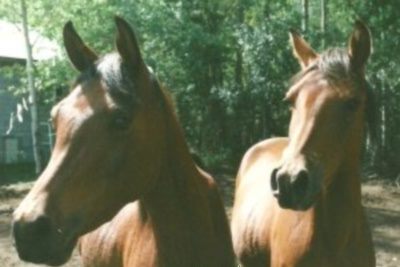
This revelation alone was worth it.
I’ve now moved again, this time to more southern climes; to Grand Forks (Zone 5a on the Canadian Plant Hardiness Map) British Columbia, the Kootenay Boundary country, where the winters are snowy but summers are warm and dry.
Adapting my methods yet again, this time I’ve discovered some ways to salvage and utilize a reduced water supply.
This is the limiting factor here, so using drip irrigation, rain water capture and mulching to prevent moisture loss I can produce many plants in this warmer, drier climate.
I still find free stuff to use for my gardening adventures.
I scrounge lumber, plastic, lumber wrap, old carpet, cardboard, leaves, horse manure, grass clippings, old windows, moldy hay bales; whatever I can haul in a pickup.
All the items I find are used in some way to protect plants, cover and smother weeds, make into compost or mulch.
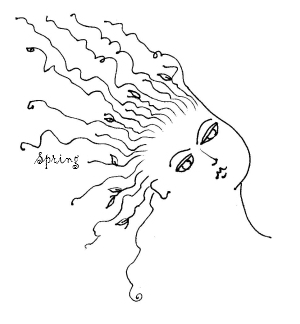
I grow as many tomatoes and peppers as possible, and even though picked when green will store and ripen at room temperature, providing fresh produce until January.
My root cellar, Glory Be, usually has a few bins of potatoes, especially those that will be used for seed in June the following year.
Strings of garlic and onions are stored in the kitchen – don’t let these get cold, as they’ll think they’ve had winter and start to grow.
Other delicious organic vegetables are collards, broccoli,
cabbage, peas, beans and many different summer squash and the longer
storing
winter squash. Typically, I can eat right out of the garden from May
until September; salads, fresh picked with crunchy new peas, zucchini,
herbs, and my favorite, new potatoes, pulled from under the plant,
leaving it to grow on and produce more.
I love deepening my knowledge of ways to successfully grow food crops in a cooler climate; even Certified Horticulturists know that the schooling is never done.
Learning from Mother Nature has been a crucial part of my lifelong study of organic gardening.
Stop the presses! We're currently in the process of planning another move - this time right across the country to Atlantic Canada, Prince Edward Island or possibly Nova Scotia to be precise. What would inspire this move? One last adventure, to zone 6.
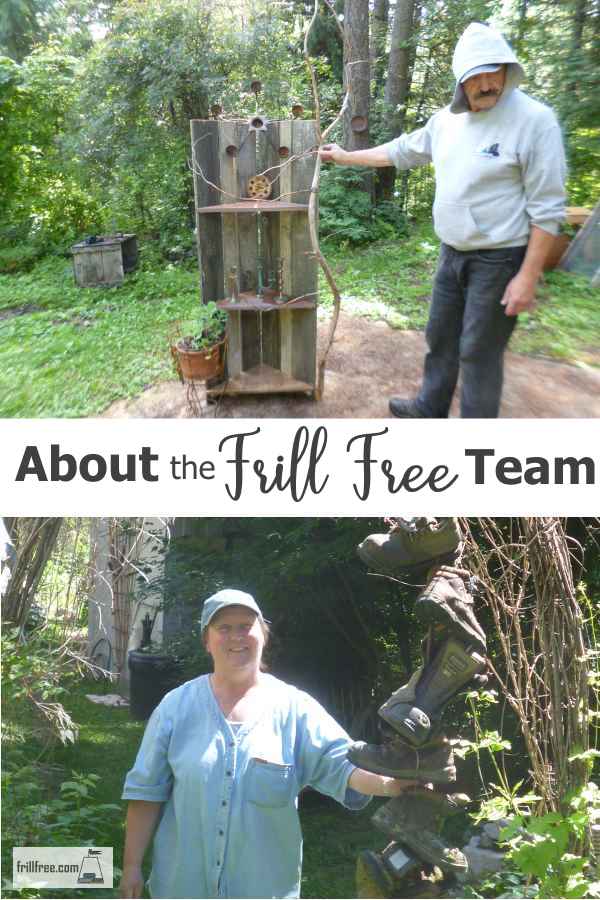

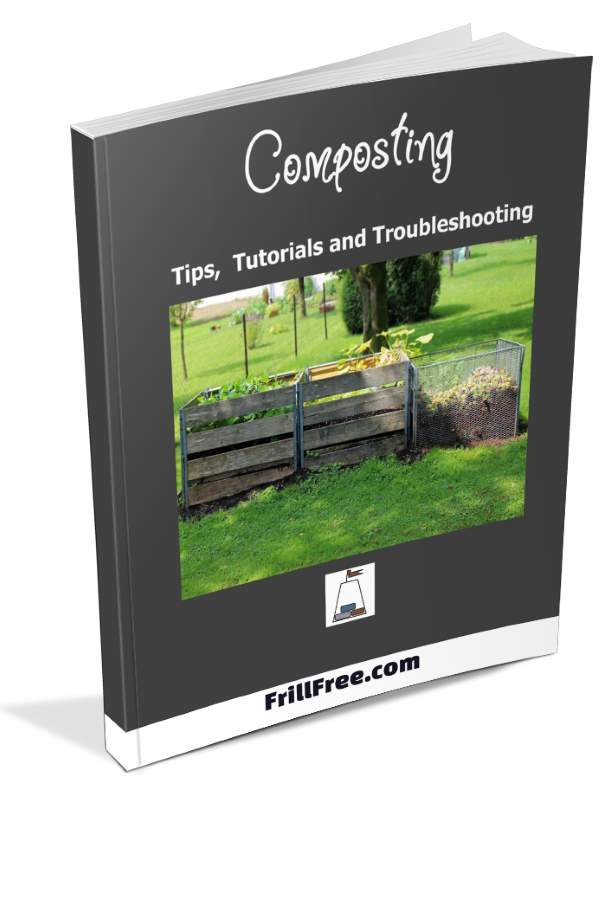










New! Comments
Have your say about what you just read! Leave me a comment in the box below.